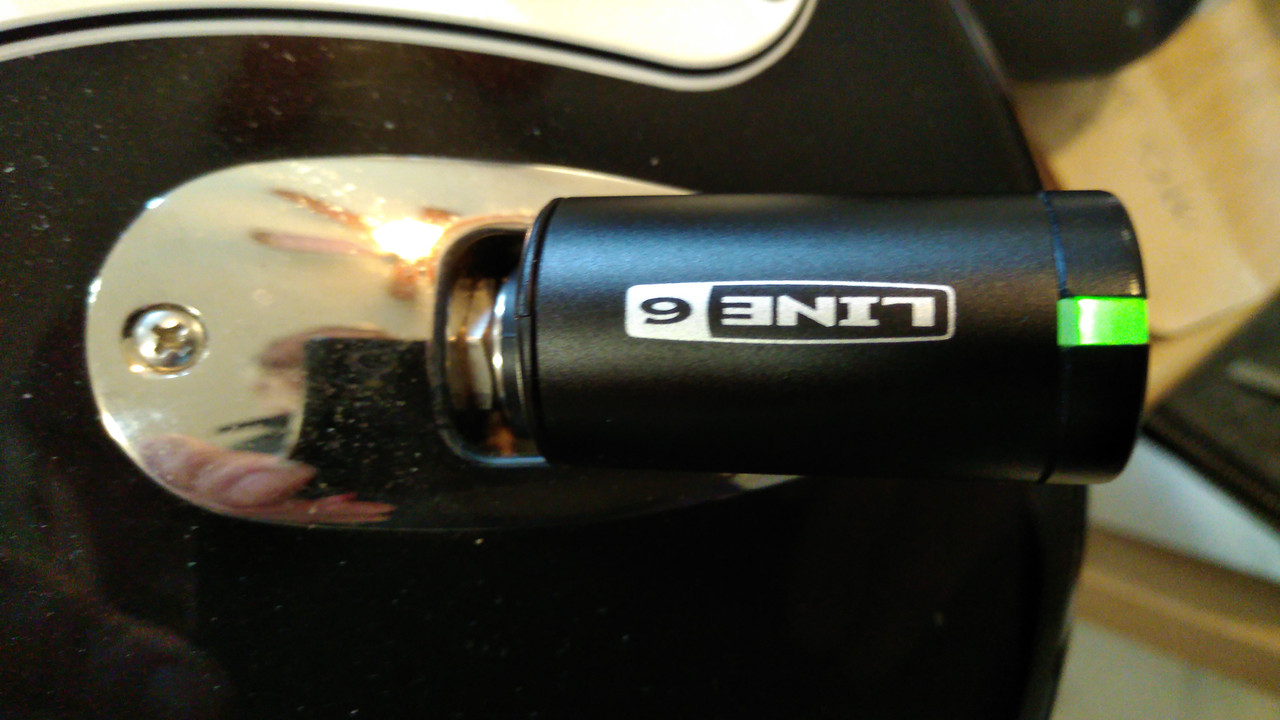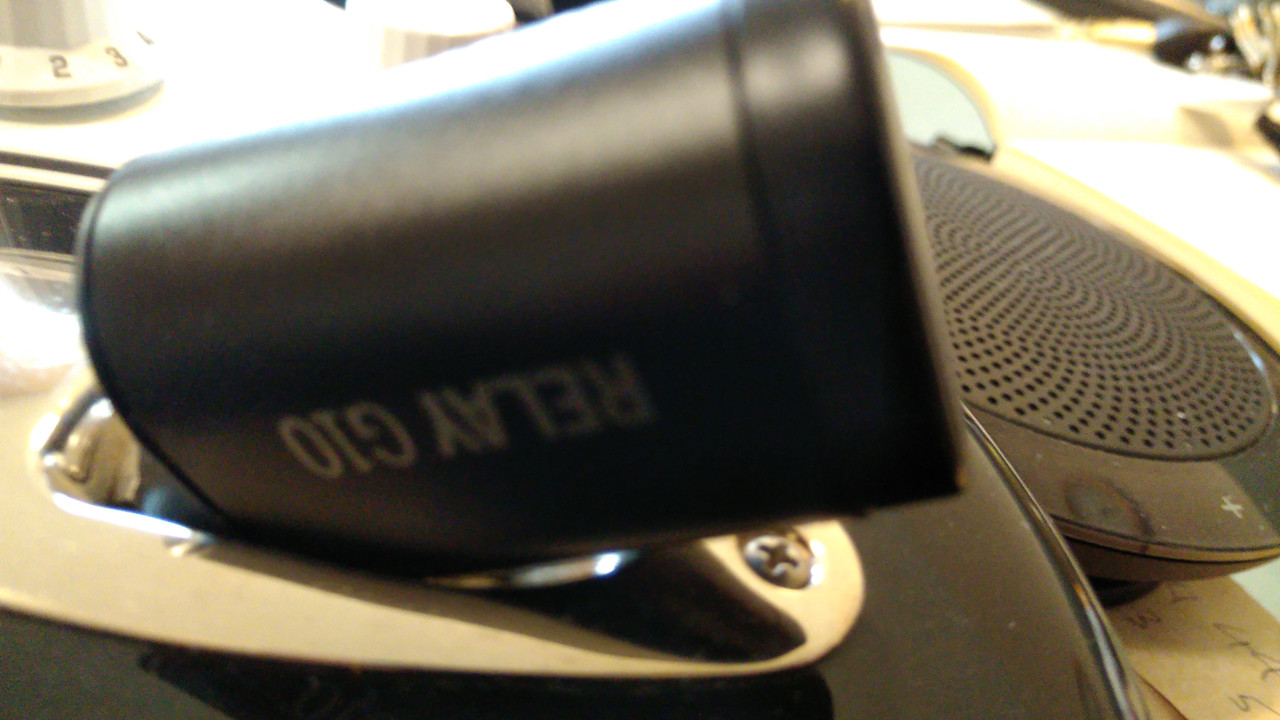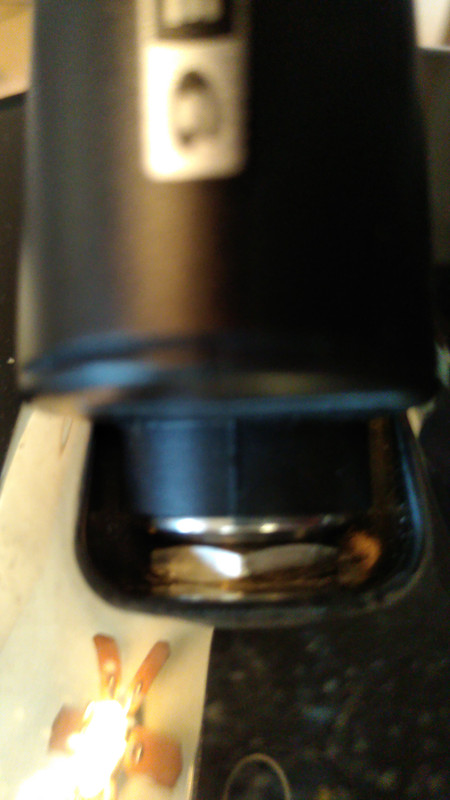shinksma
What? I get a title?
- Joined
- Mar 20, 2014
- Messages
- 5,317
Thanks @LSchefman ! Indeed, that was exactly the type of analysis I hope for from you. And I agree with all of it - well, the bits that I have experience with or have a theoretical understanding - I cannot agree nor disagree with your observations of hoopy stiffness that you noted in the follow-up post, but I am certainly amused at the visual in my head!Here’s my thinking on cables:
1. Capacitance is important, especially from the guitar to the first buffered pedal, or of course, to the amp. Why? Capacitance rolls off high frequencies in unbalanced cables, and affects how long a cable run can be before your hear signal loss. You can start to hear signal loss with most guitar cables in less than ten feet.
This is because the high impedance signal coming off your guitar pickups is very low level (this is why buffers are important in longer cable runs, they convert high impedance signals from the guitar to low impedance, which is less affected by capacitance).
One reason the PRS/VanDamme sounds good is that its capacitance is very low, 25 picofarads per foot. This is among the lowest on the market; most highly regarded cables are close to 50 PF/foot.
What this means is a twenty foot PRS cable run sounds like a ten foot run of higher capacitance cable, such as Canare or Mogami. For reference a lower capacitance number is better at preserving highs than a higher number.
Here are some capacitance numbers of competitive cables; Mogami is 49 picofarads per foot. Canare is 49 PF/foot, Evidence Melody is 28.
No wonder that so many of us like PRS/VanDamme, or Evidence cables. Given your typical 15-20/foot cable, you’re losing less of the guitar’s high frequencies than you do with even the very good Mogami or Canare stuff. Unfortunately, Evidence’s solid core cable is very stiff, see my discussion below.
I should mention that my studio (both current and former) has been wired with Mogami for 30 years, and some of my cable runs are from 1990. None has failed. But I use Mogami for low impedance audio signals, mic cables, etc., not for guitar any more.
The lowest capacitance cable on the market is the German made Sommer Spirit XXL. It’s more expensive than the others, but the capacitance is only 16pf/foot. I have one of these, and it lets more high frequencies through, but it’s stiffer than the VanDamme, and tangles more easily. It’s fine for recording, but I wouldn’t want to do a show with it.
By the way, Van Damme is highly regarded. Abbey Road Studio is wired with it. Doesn’t get better than that.
2. Another big factor in cable choice is noise rejection. Cables that pick up noise from nearby electrical equipment, radio stations, etc., don’t help matters out. Also, some cables have mechanical handling noise problems, they crackle when moved. Good cables don’t have these problems.
3. Untangling cables, or tripping on them because they don’t lay flat on stage or in the studio are things that suck. The PRS cables are highly flexible, don’t easily tangle, and lay flat. This is a real advantage for cable runs of any length, such as from pedalboard to amps, etc.
Now, all that said, some players WANT cables that lose some high frequencies. Carlos Santana is one; the PRS Sweet Switch was designed to make Carlos sound like he was using a 100 foot cable, if memory serves.
What folks should not want are cables that fail because of poor design, or bad termination, or crap plugs.
Anyway, I hope you enjoyed the dissertation!
I should pick up a couple of the PRS cables, perhaps at Experience where I can touch and feel them. I use wireless for practice/gigging, and when recording I'm not as concerned, usually running 10 ft cables max, but it might be nice to get a couple for recording anyway, to see if it "ups my game". Or maybe I'll be like "ooh, these cables are all ice-picky, I need my high capacitance Guitar Center specials for smooth tonez!"






